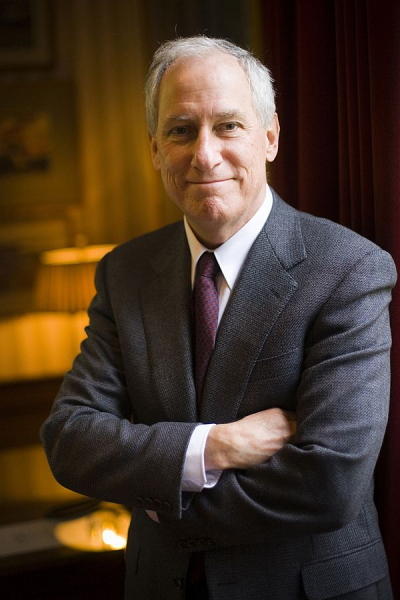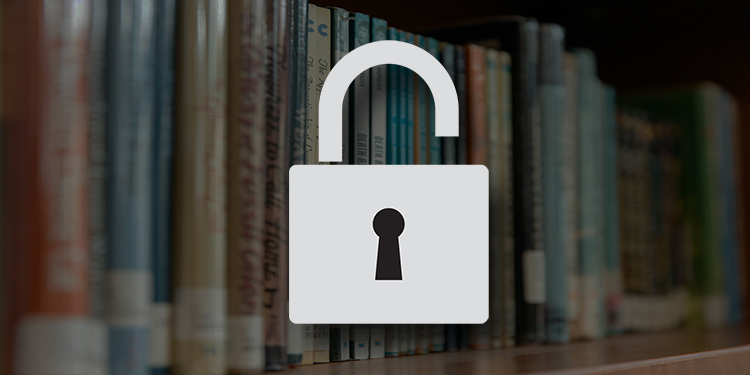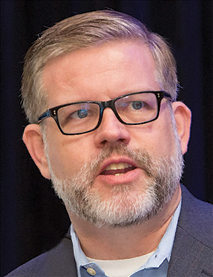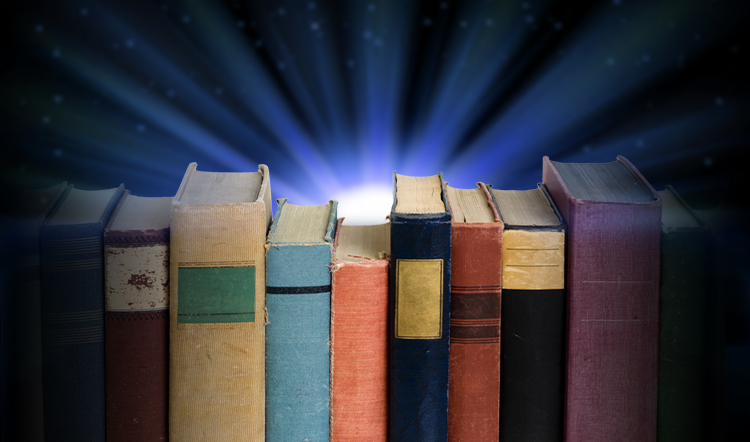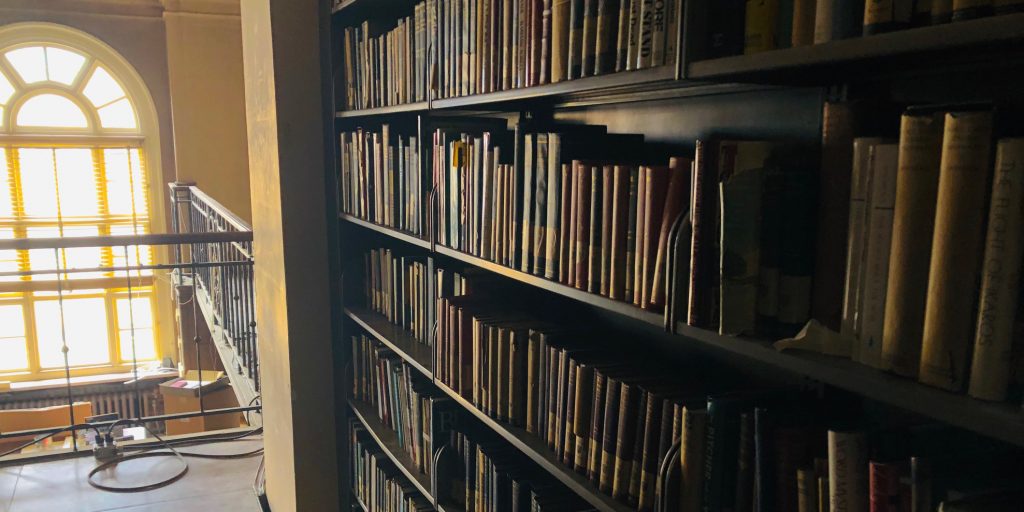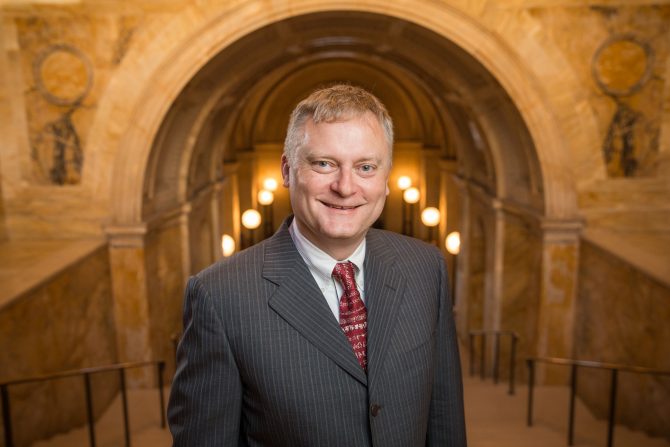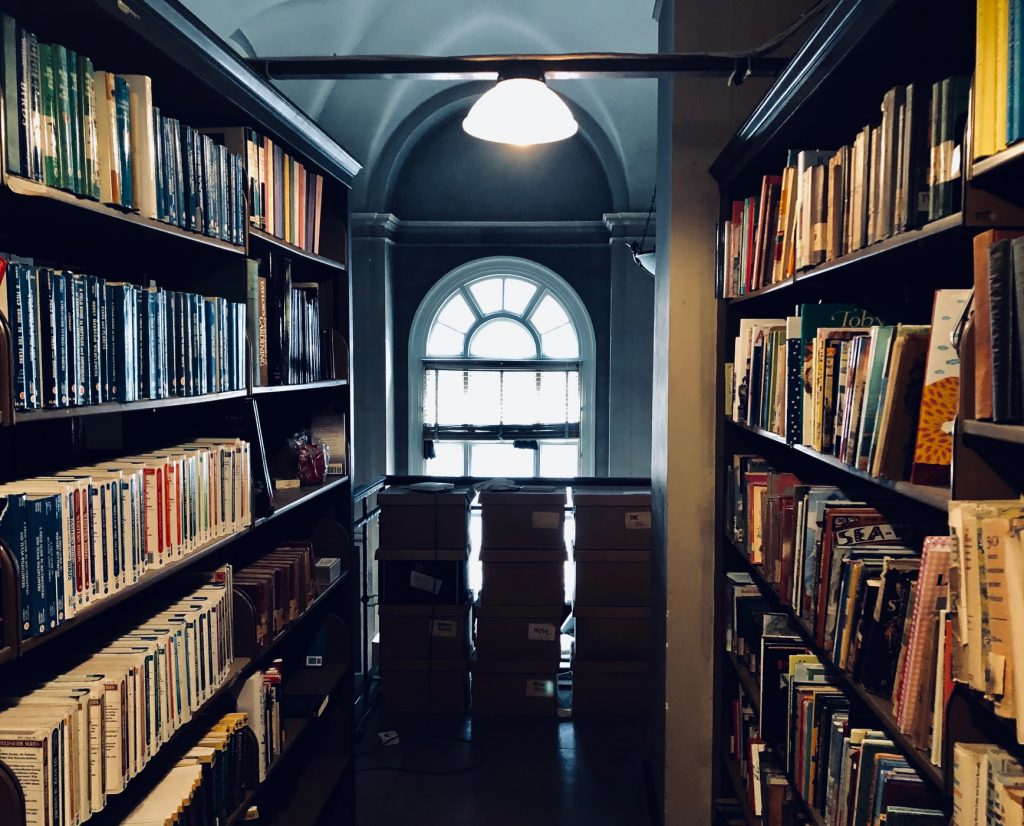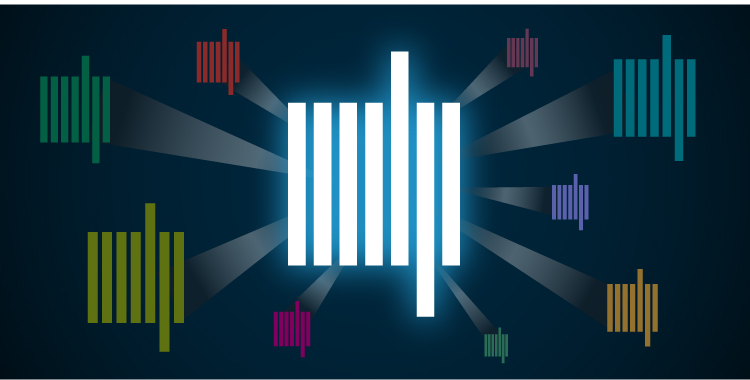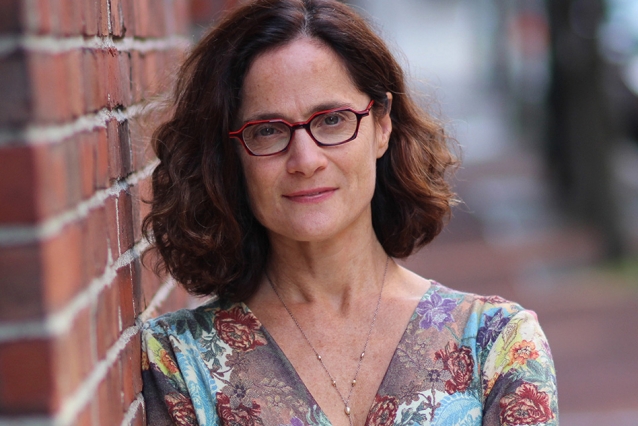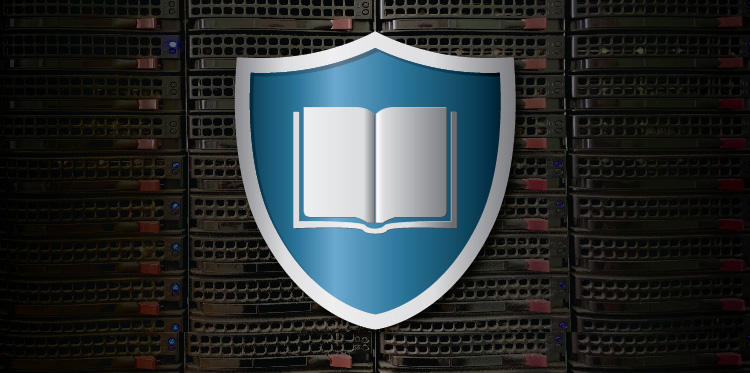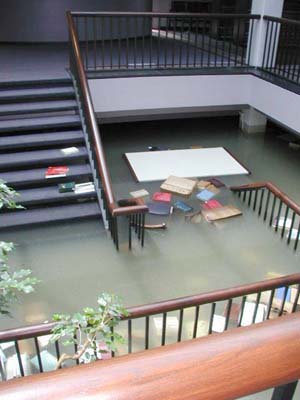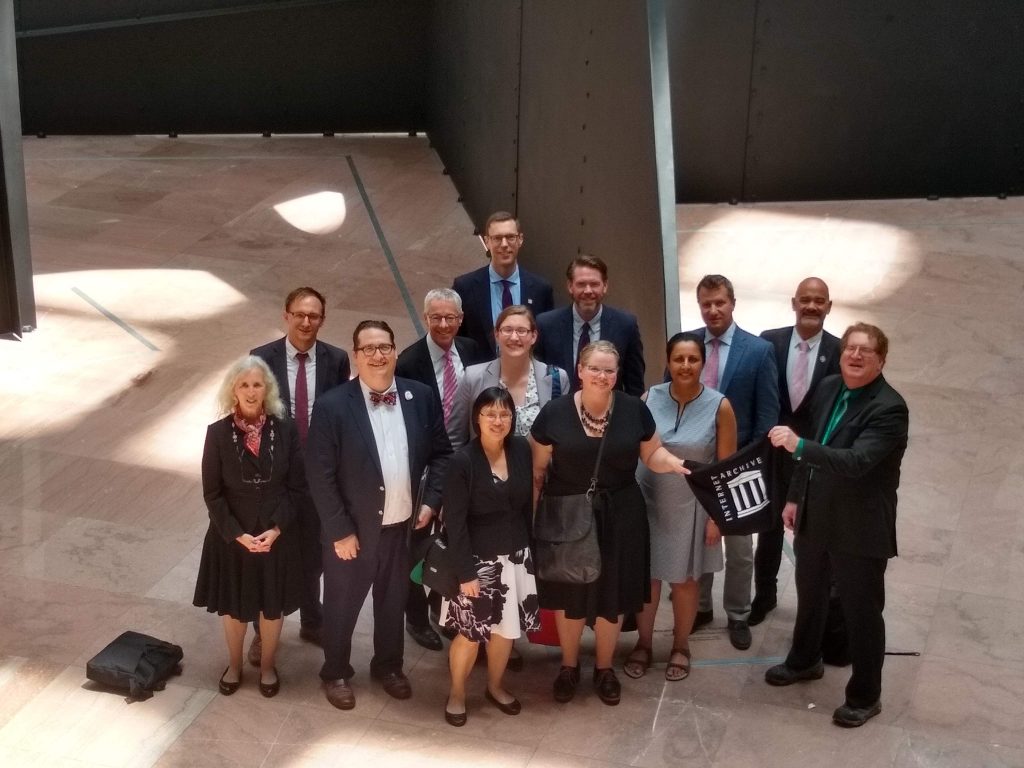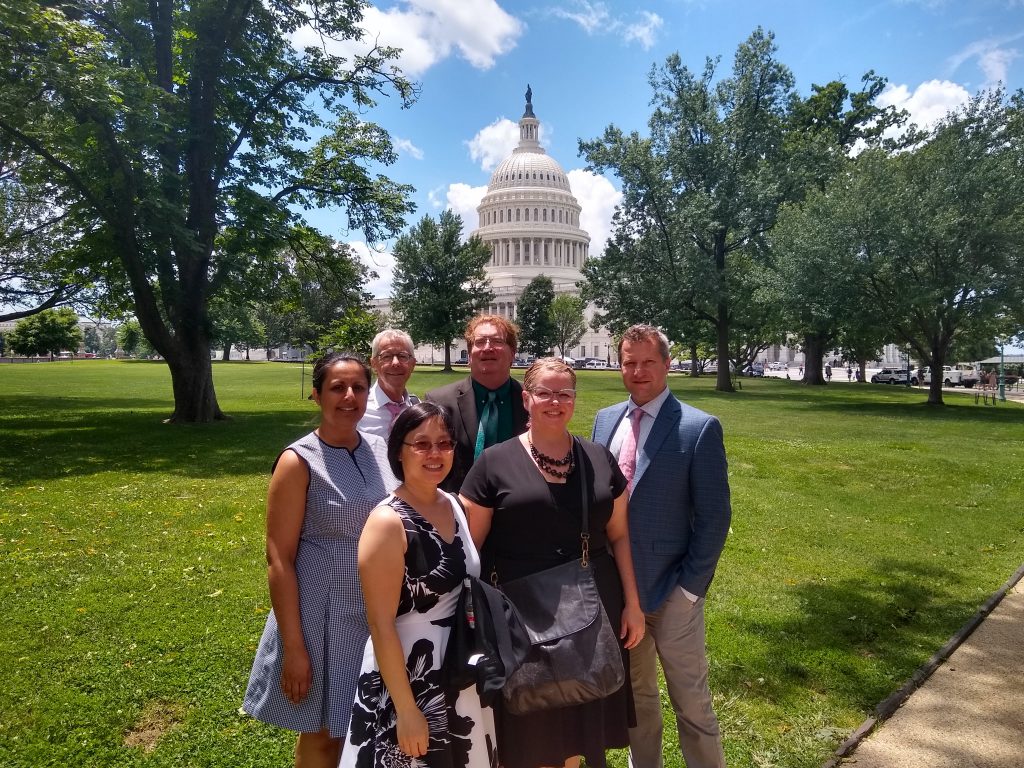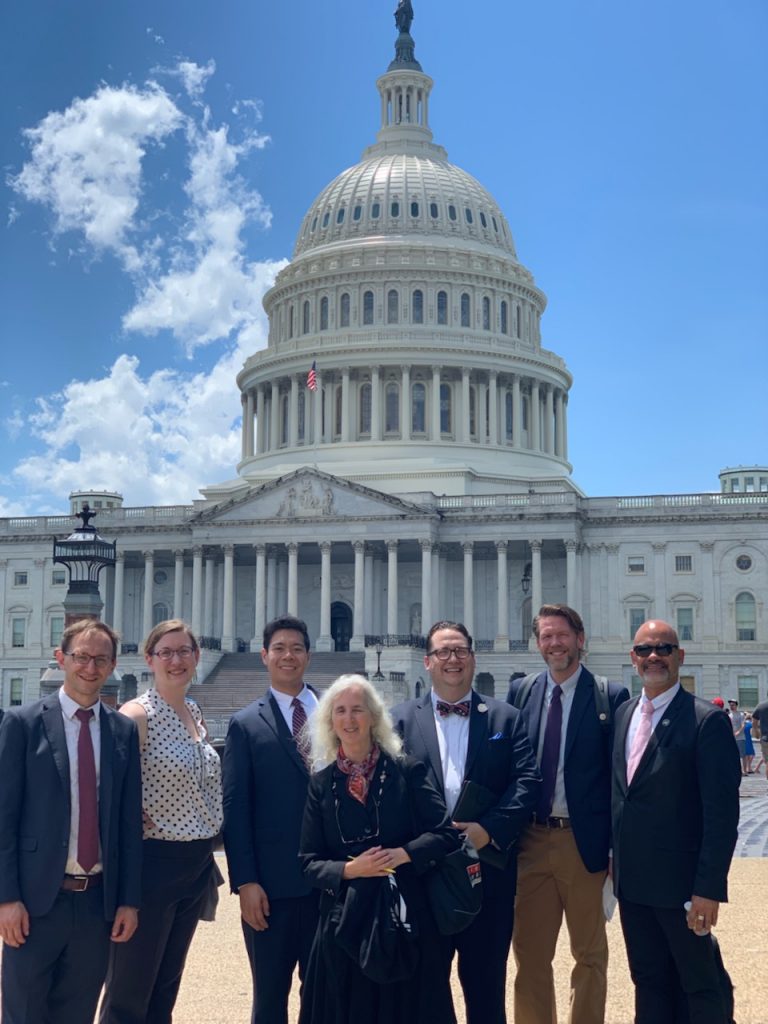
Technology is enabling libraries in Canada to promote diversity, safeguard historic documents, and expand access — all while helping to save the planet.
The Hamilton Public Library in the Canadian province of Ontario has nearly two dozen branches. Providing digital content to users in geographically remote areas is one of many reasons that the library has recently embraced Controlled Digital Lending, the digital equivalent of traditional library lending.

Hamilton Public Library
“It’s such an environmentally friendly, cost effective way of making titles available,” said Paul Takala, CEO/Chief Librarian of the library. “If we digitize it, somebody doesn’t have to go to the library to get it and we don’t have to ship books around. It just makes a lot of sense.”
The library also has rare and fragile Canadiana content that is not available anywhere else or able to be physically loaned out. This includes history of the local area, land documents, first-hand accounts of settlers, a large collection of photographs and a unique collection of works published in the 19th and early 20th centuries.
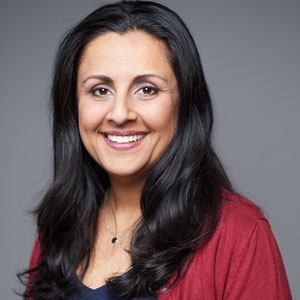
Hamilton Public Library
“Now we have the technology to share so many stories from so many voices through this platform to anybody 24/7, ” said Lisa Weaver, Director of Collections & Program Development at the library. “The preservation of books that CDL allows us to do and access that CDL allows us to provide is invaluable.”
When Hamilton joined Open Libraries, it was able to identify 53,000 books in its physical holdings that Internet Archive had already digitized. Those books were added to Open Libraries to increase lending counts for those titles. For example, the library digitized three titles that cover unique pieces of Canadian history: “The Trail of the Black Helmut” by G. Elmore Reamon (1957), “The Art of Northwest Coast Indians” by Robert Bruce Inverarity (1950) and “The Clockmaker” by Thomas Haliburton (1958), the first internationally best-selling author of fiction from what is now Canada. With the assistance of Internet Archive, Hamilton will later this year accelerate its scanning of older titles and some of its unique Canadiana collection to share beyond the library walls.
Researchers and genealogists have been particularly interested in discovering the digitized material. The new format allows users to access resources when they wish, during their commute, wherever they are, or even when the library is not physically open. The program also helps students who want to read classics that are not in copyright and now widely available.
“CDL helps us provide access to the broadest number of resources to the broadest number of Canadians,” Weaver said. “Having books in digital format also supports customers with print disabilities access the content.”
As more libraries partner with Internet Archive to make their collections available via CDL, more will be giving back and adding to the shared collection. “Part of the mission of public libraries is to educate residents about the history and richness of their communities,” said Takala. “It’s about making more items available to our customers. The benefits are clear.”

